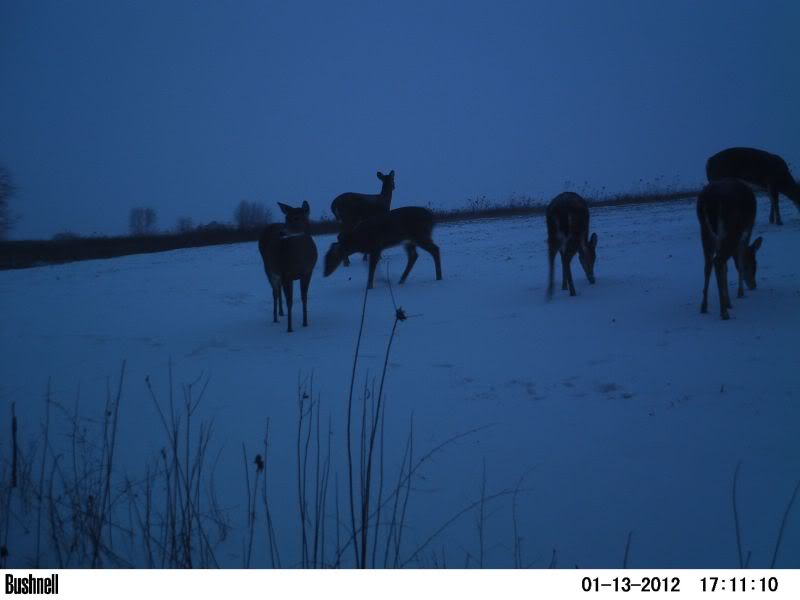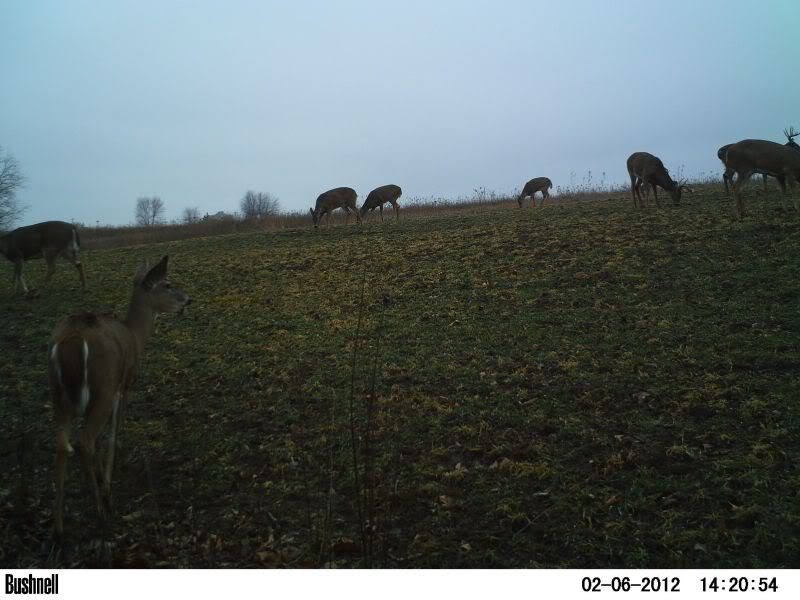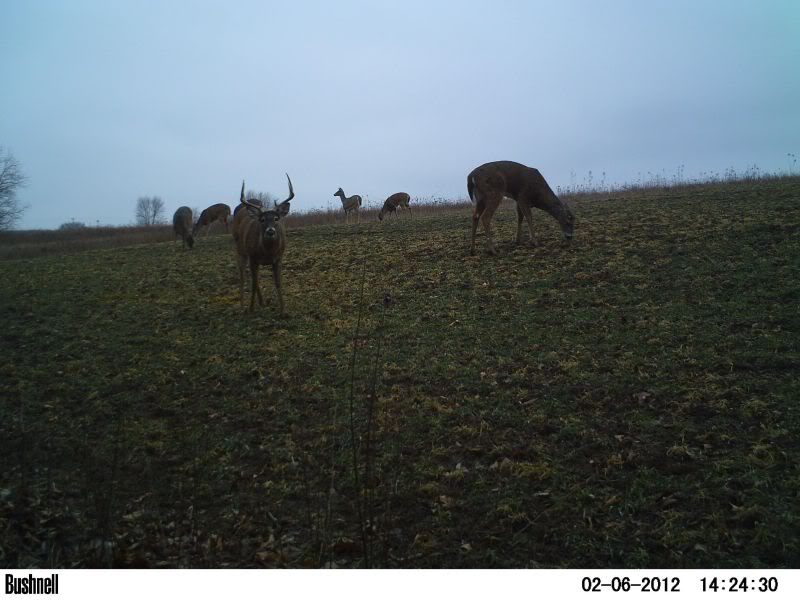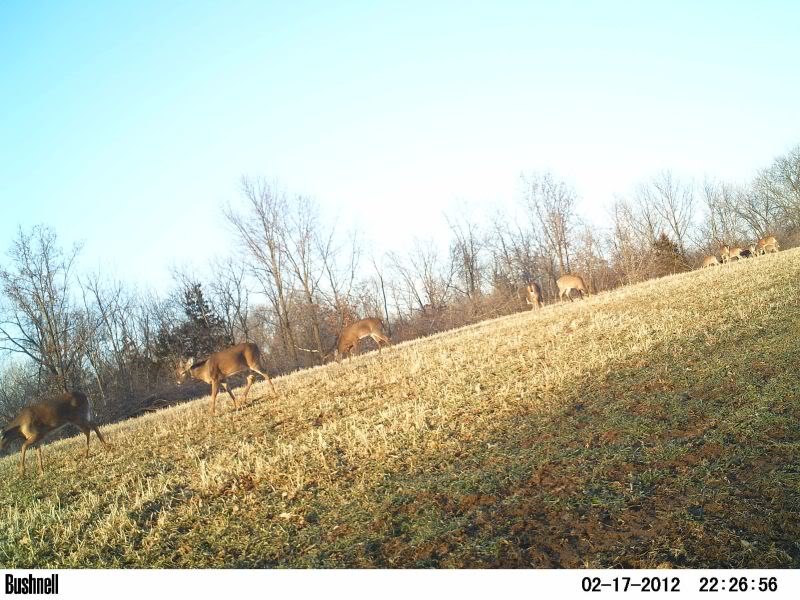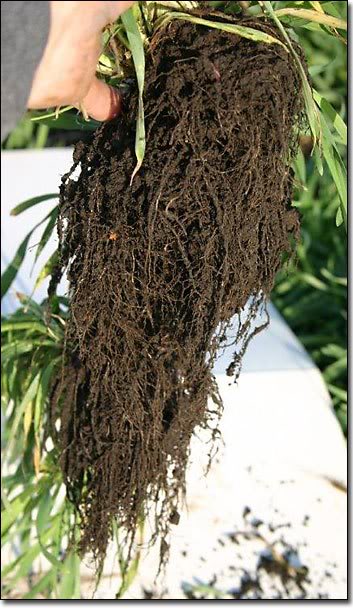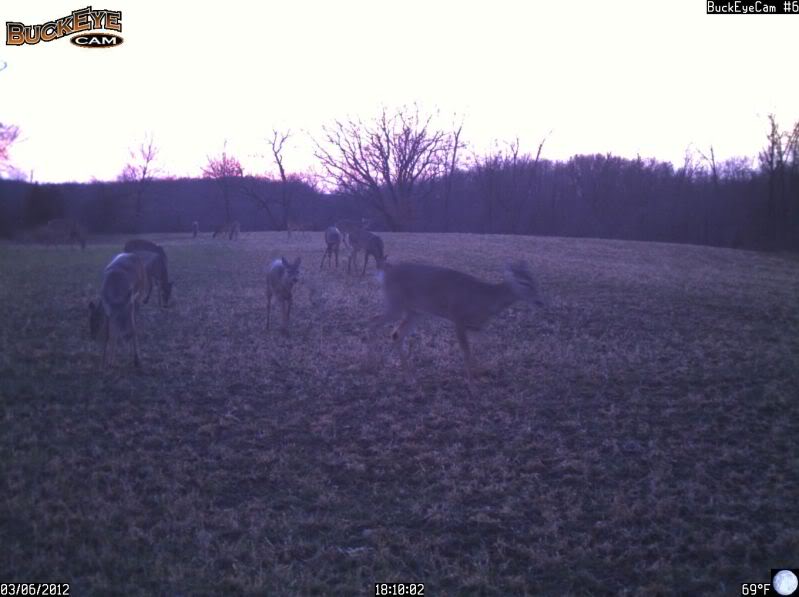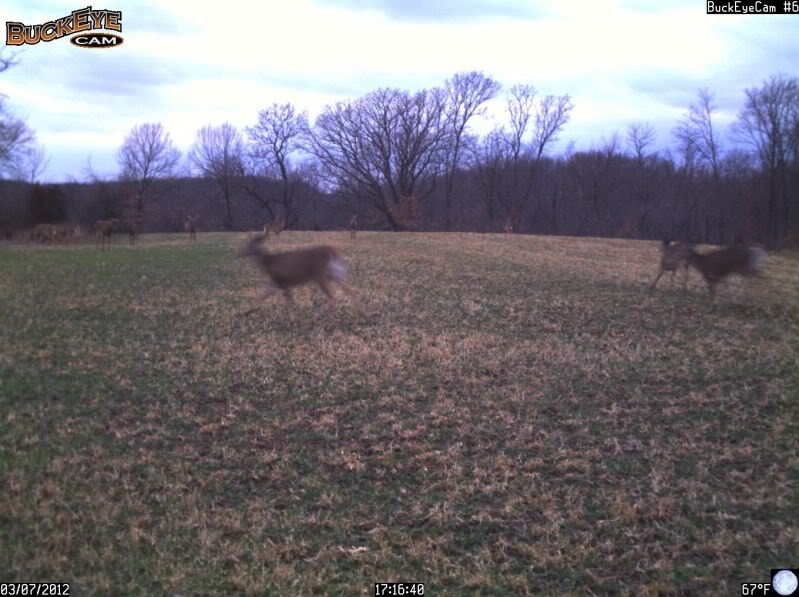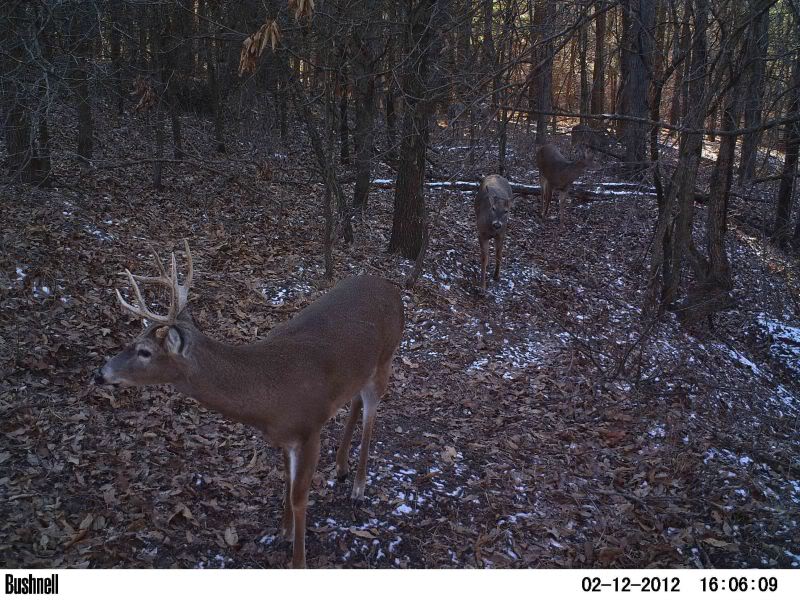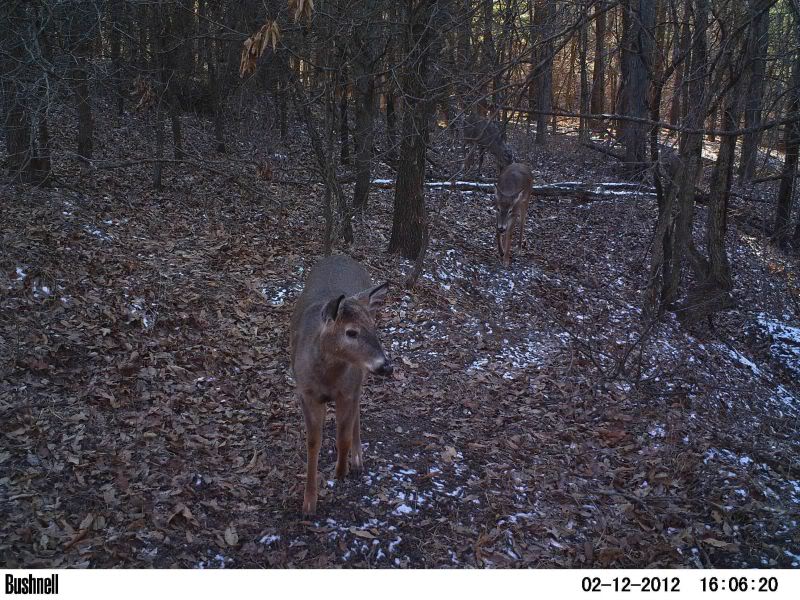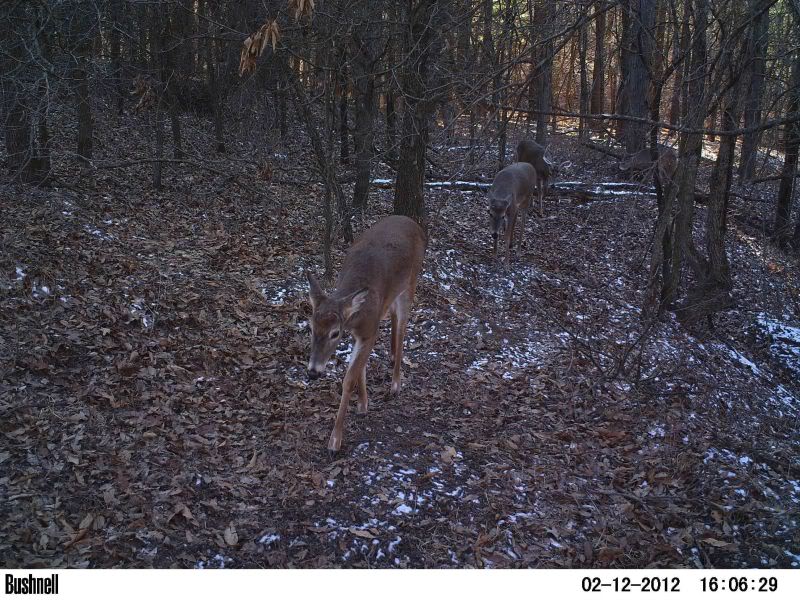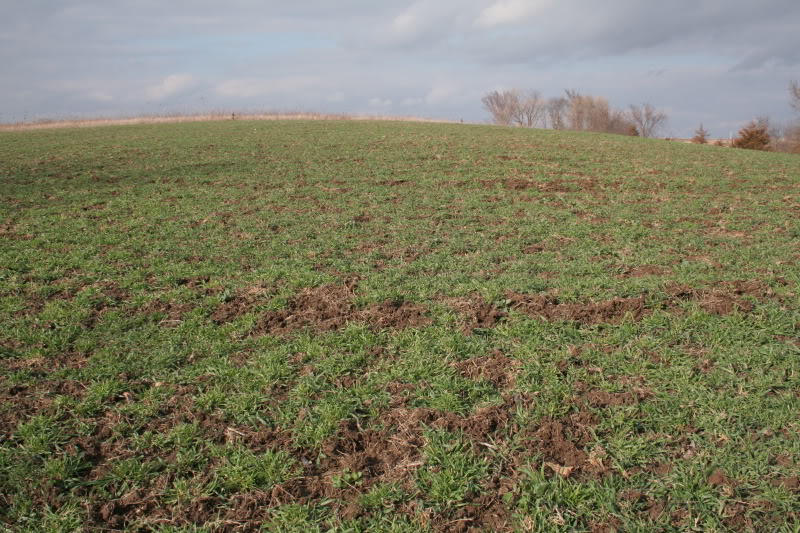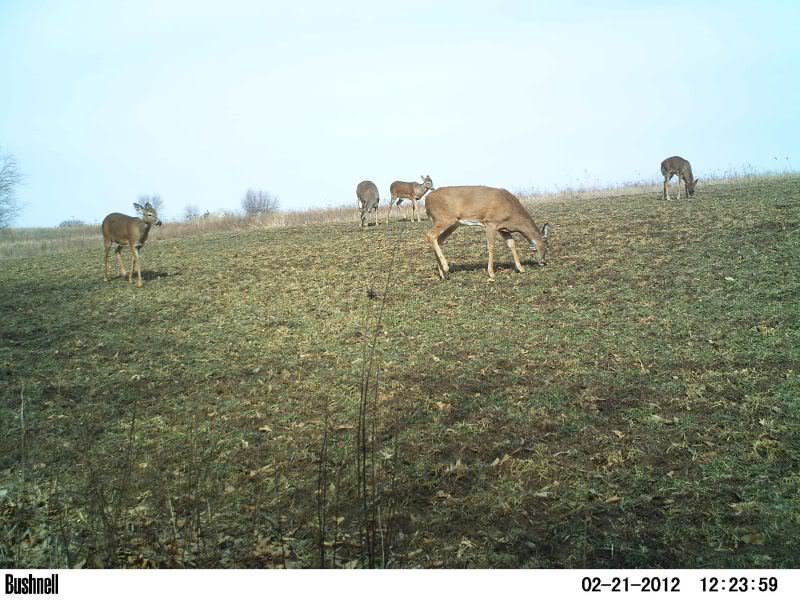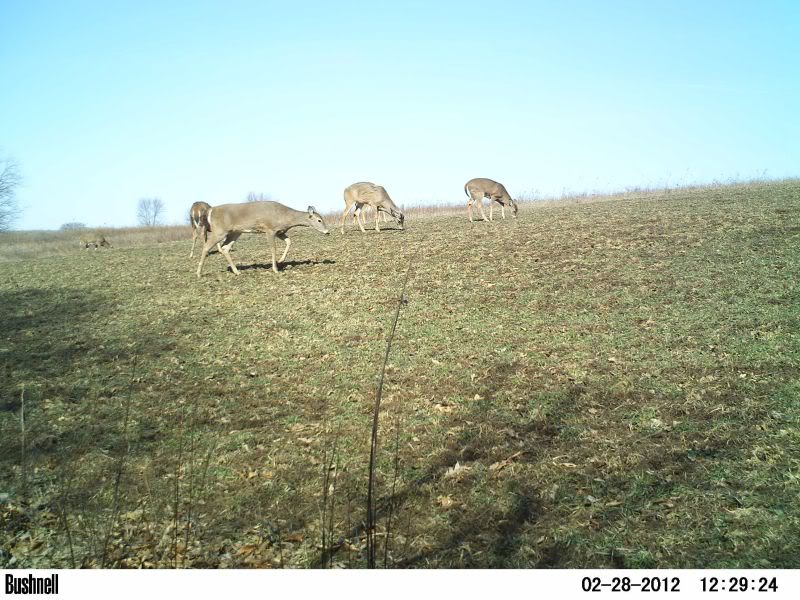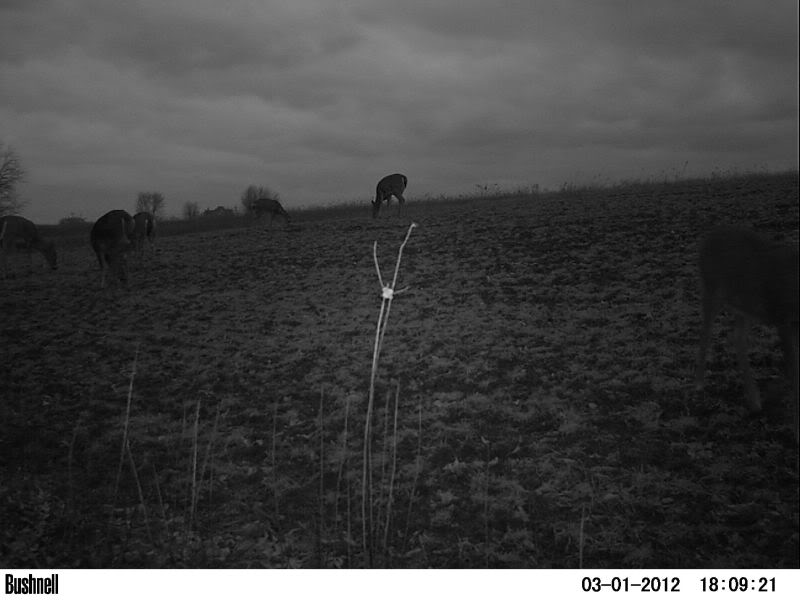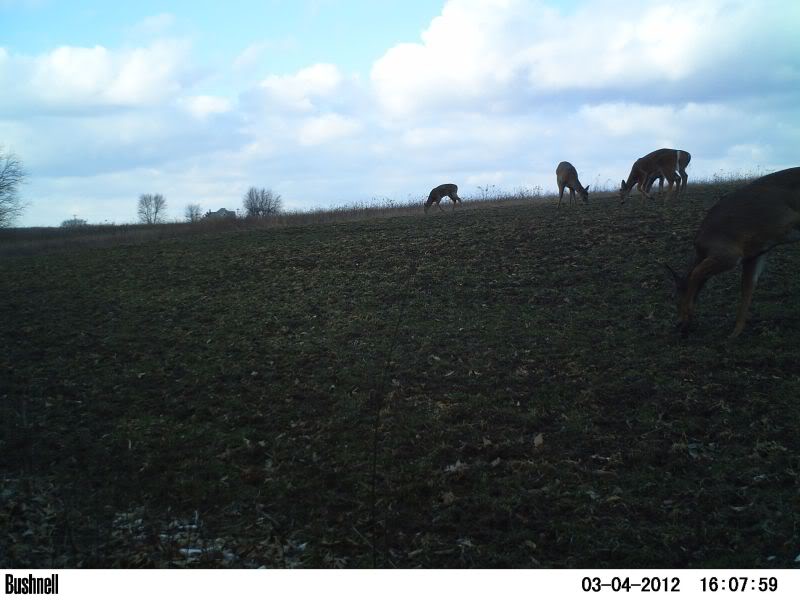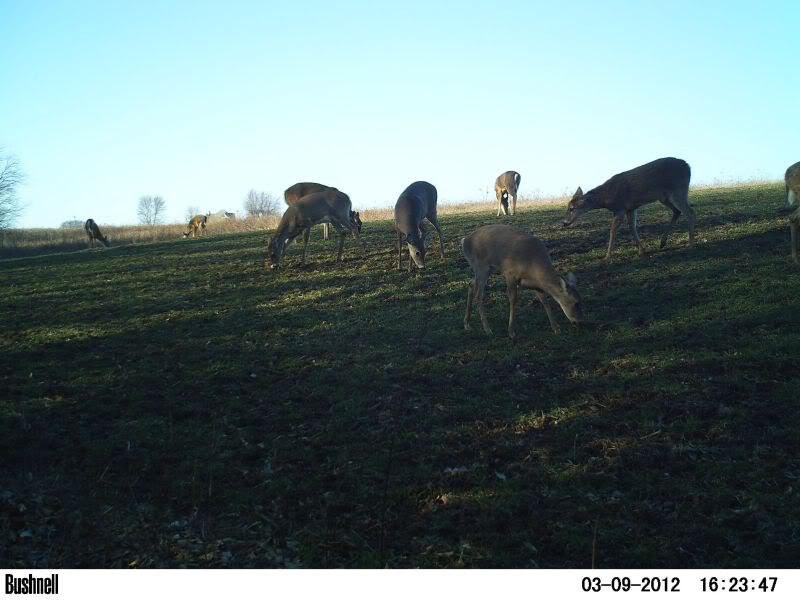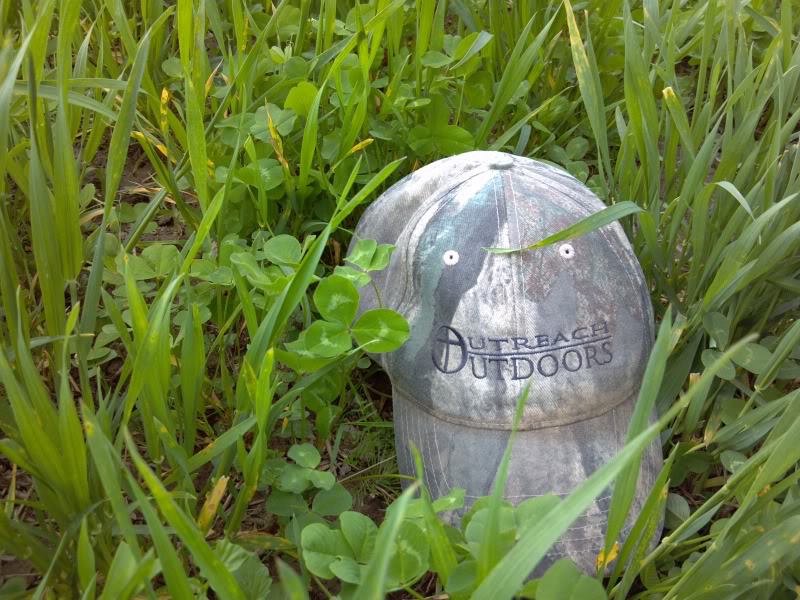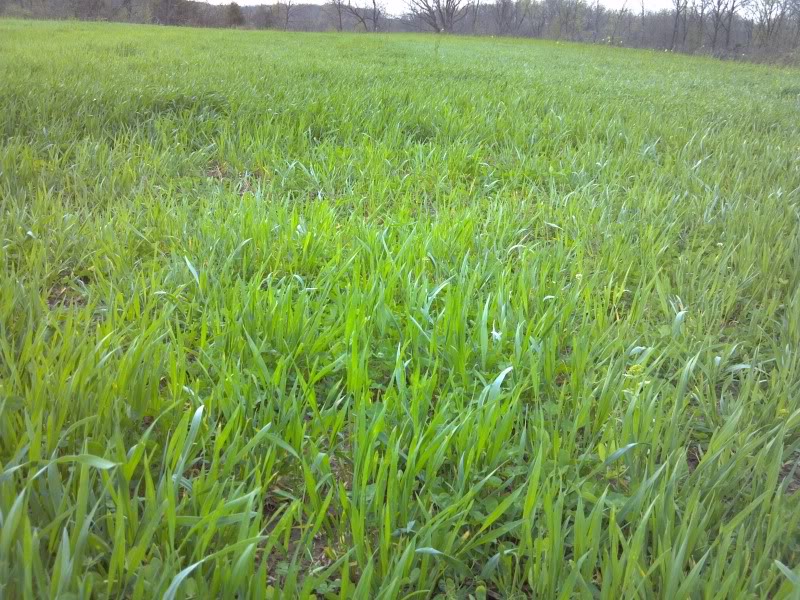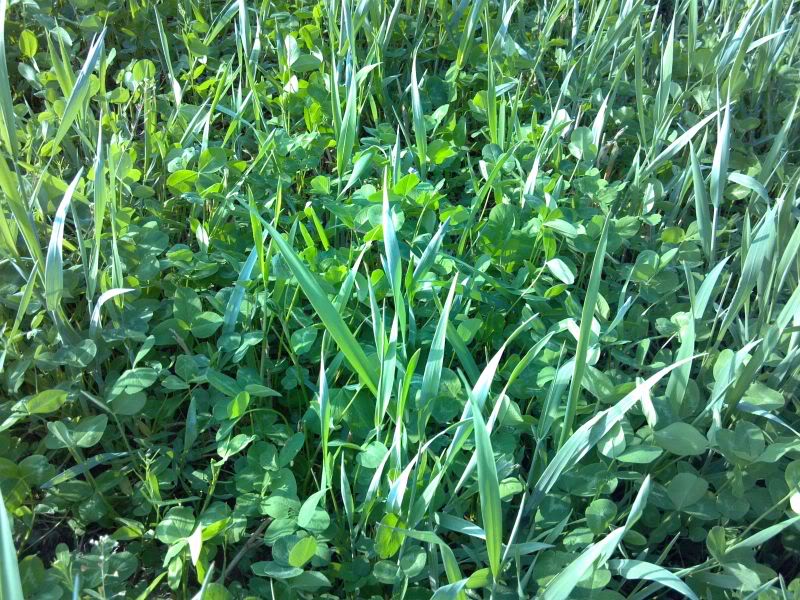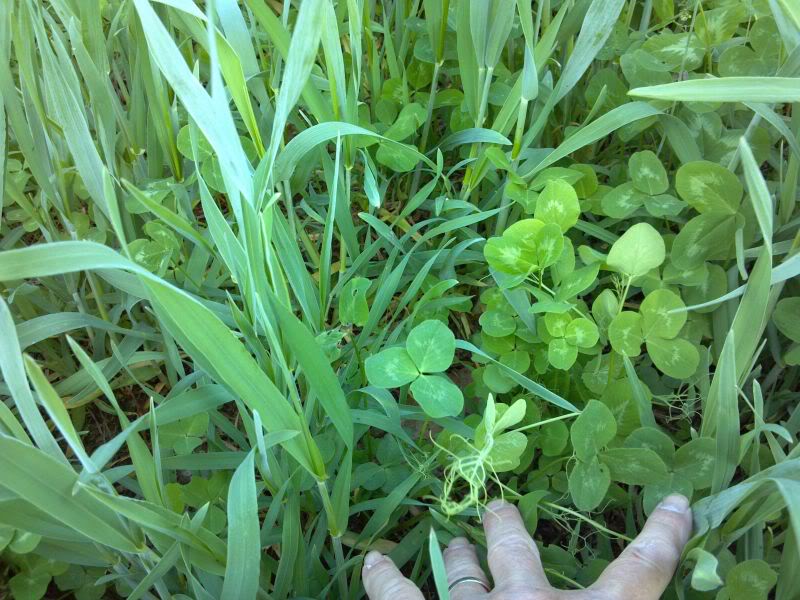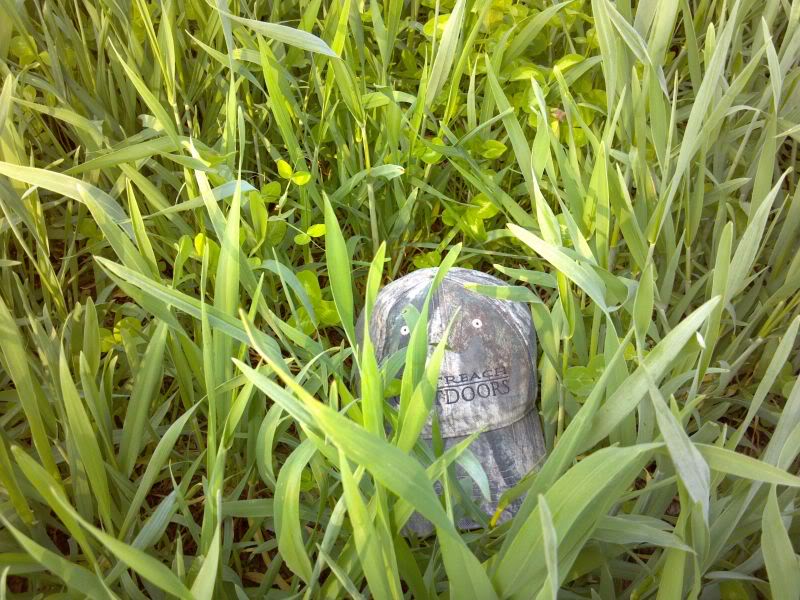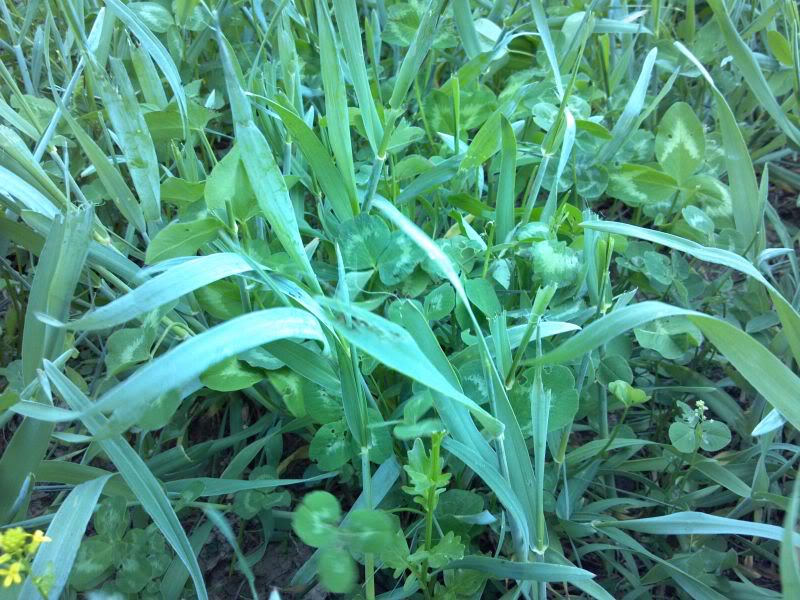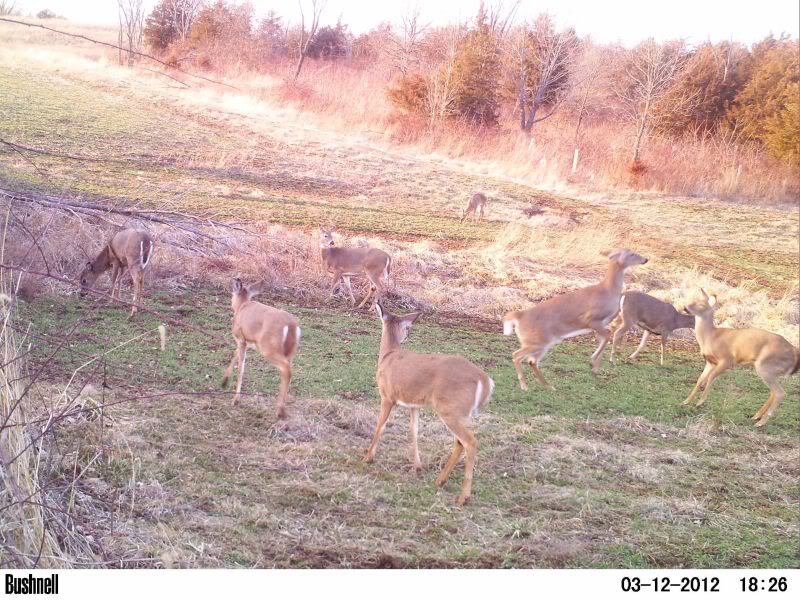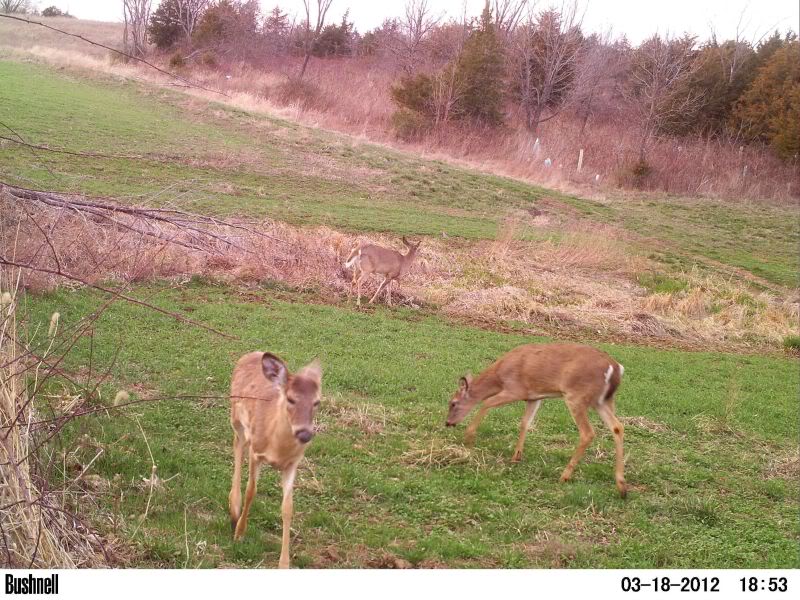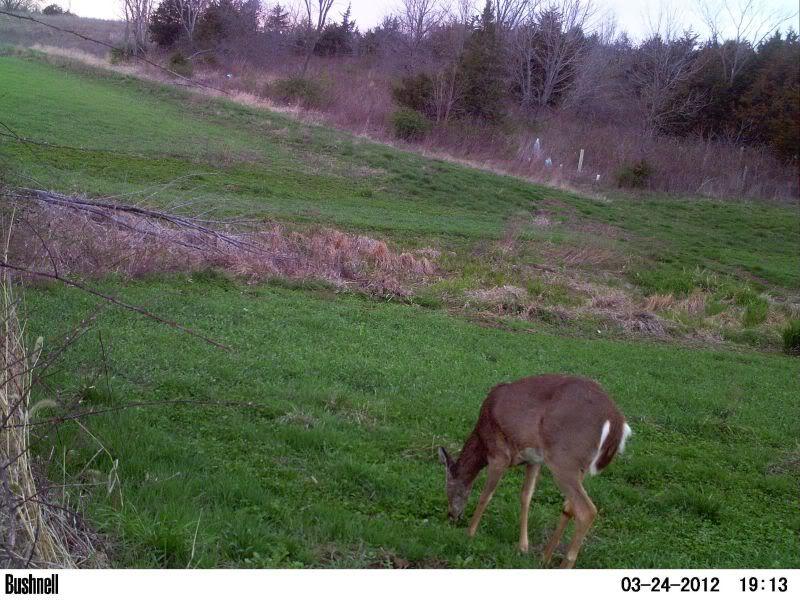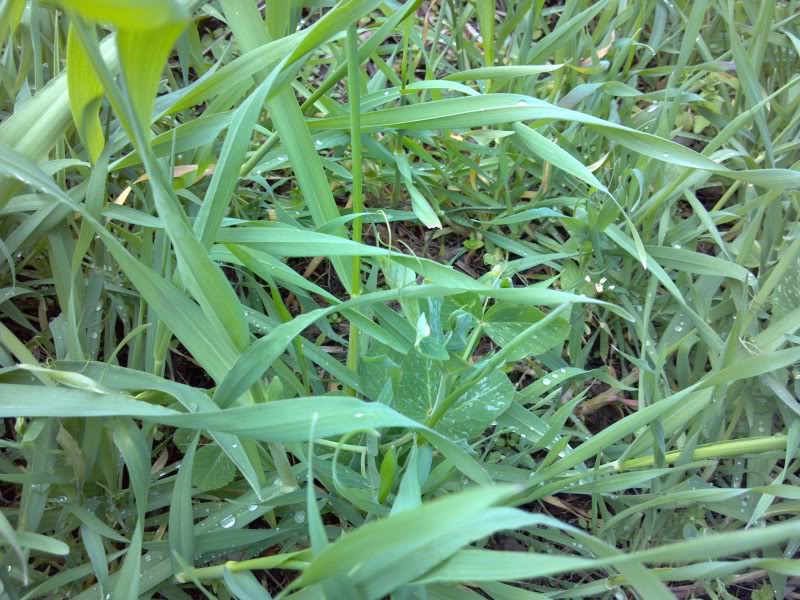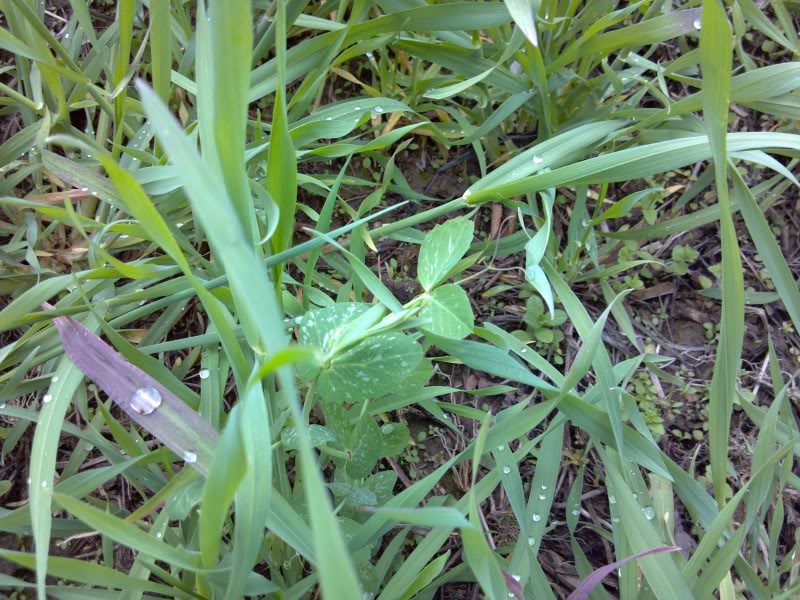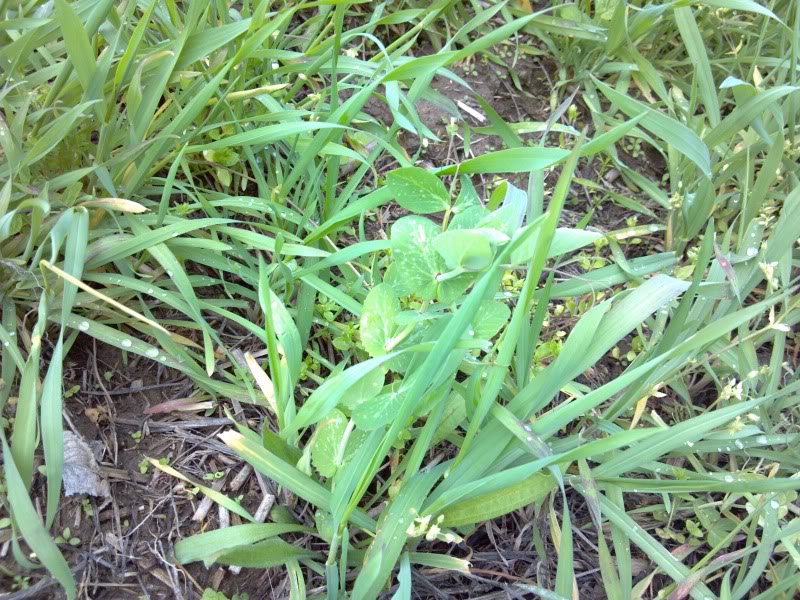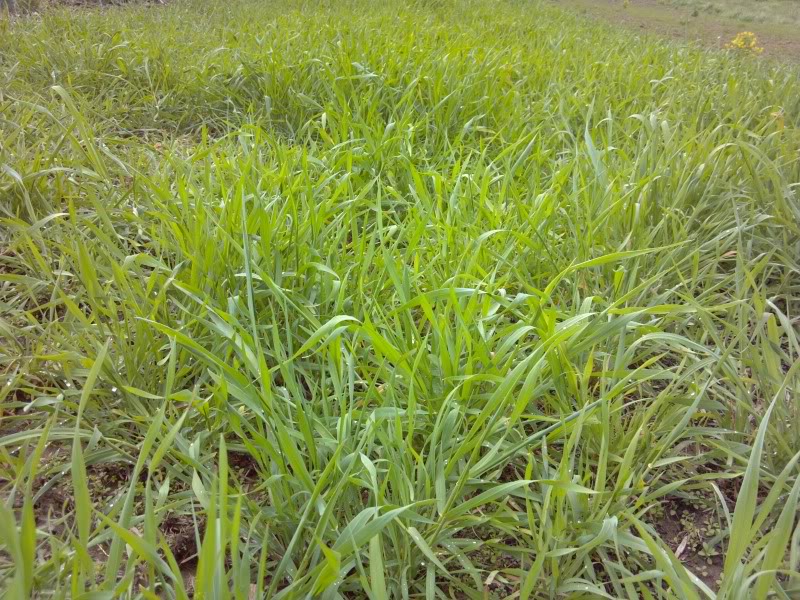dbltree
Super Moderator
February 19th, 2012
Winter rye is one of the ultimate habitat tools to help hold deer year around and the perfect place to start....
shed hunting!
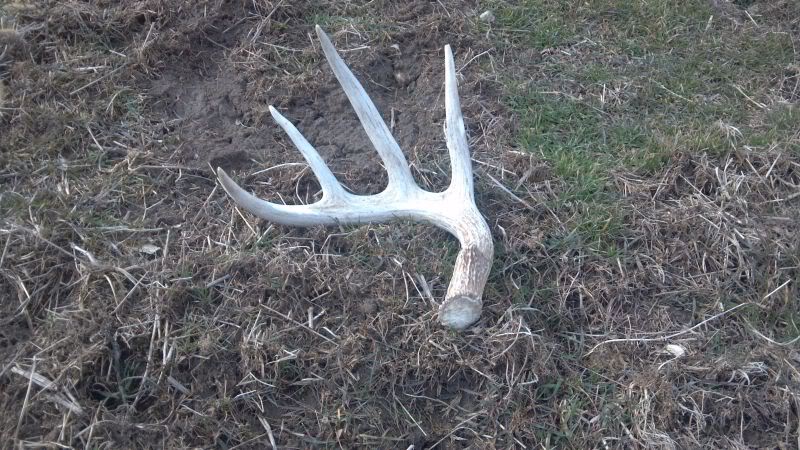
Deer are traveling farther and searching stubble fields as winter wears on them and food becomes scarce but in our year around food source feeding areas....they just travel a few yards from bedding to the winter rye and shed bucks are common on the cams.
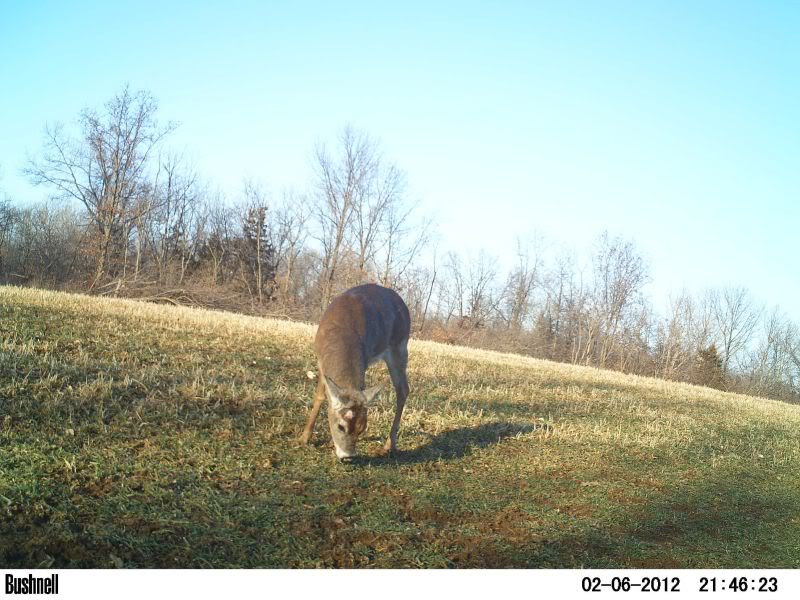
These deer have adapted to always having food a few yards away from their bedding area so no need to wander
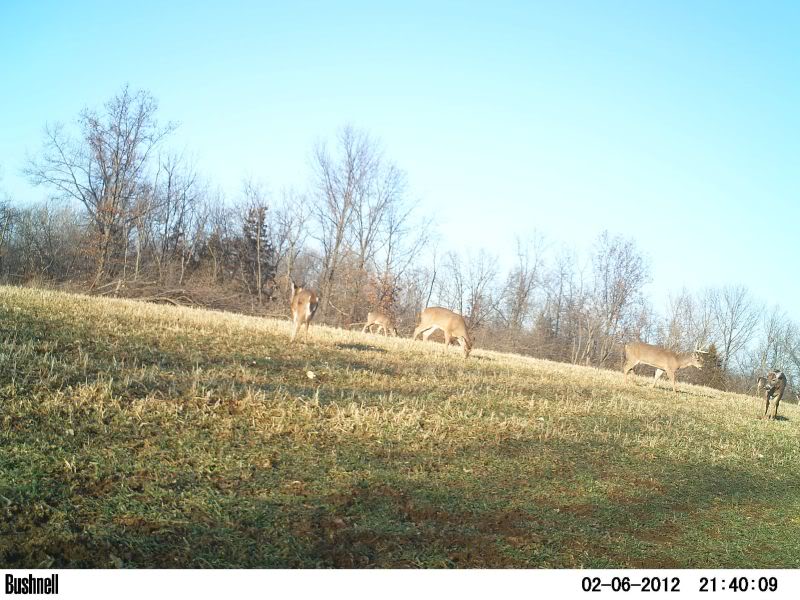
all of this makes them incredibly easy to pattern because their movements are very very predictable
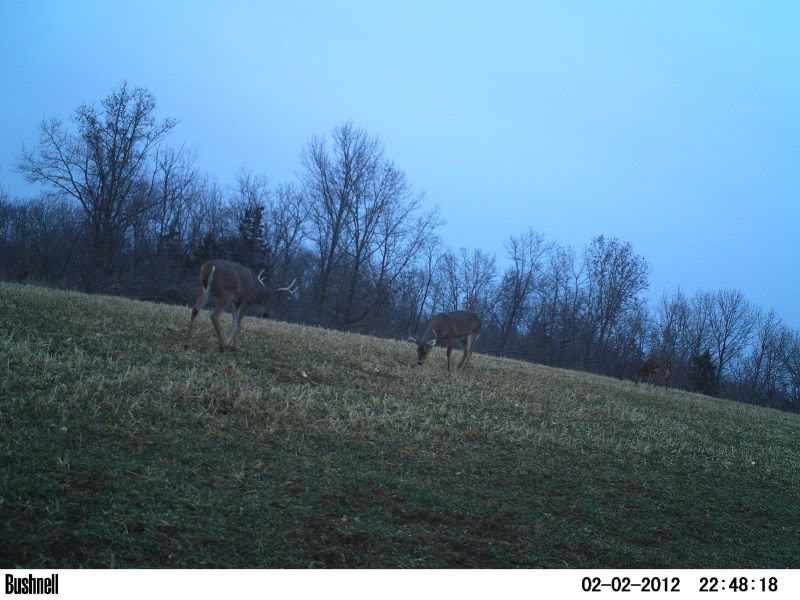
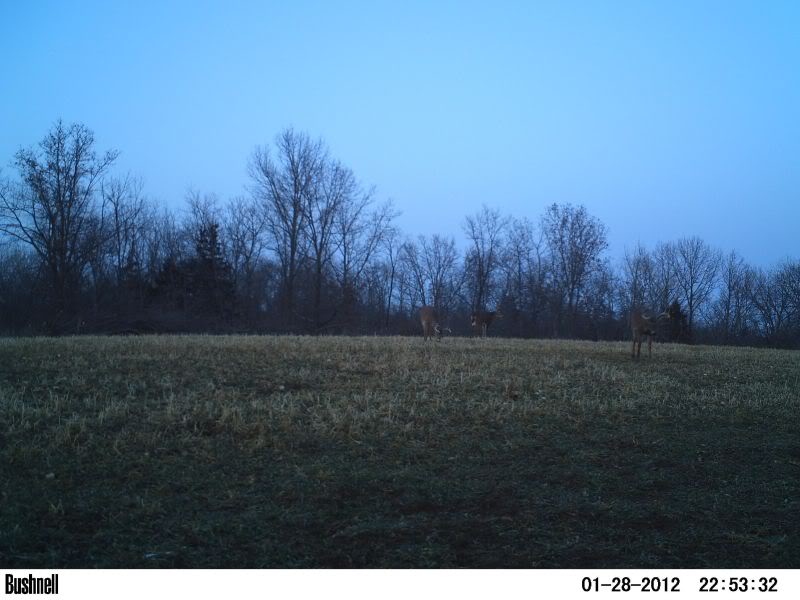
Between the winter rye and brassicas these feeding areas will keep deer coming back every day all winter
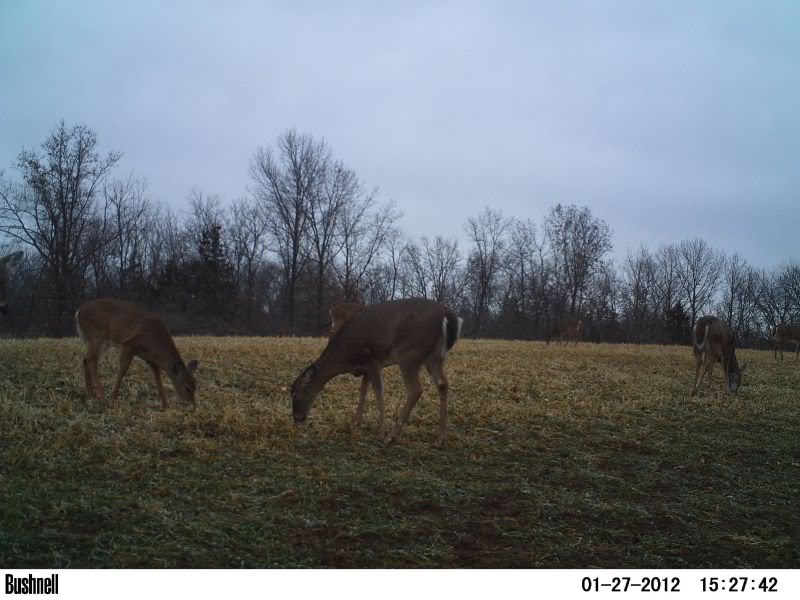
and then the clovers will take over and the patterns continue

Pick a field with rye, any field anywhere and the picture is the same

soybeans and corn are long gone

but the deer are still here...because of the winter rye

We don't have to worry about getting them to "come back"...they are already adapted to or "trained" to make daily trips

to our centralized feeding areas that contain a combination of food sources that keep them fed year around.

That combination is as follows...
Winter rye is one of the ultimate habitat tools to help hold deer year around and the perfect place to start....
shed hunting!

Deer are traveling farther and searching stubble fields as winter wears on them and food becomes scarce but in our year around food source feeding areas....they just travel a few yards from bedding to the winter rye and shed bucks are common on the cams.

These deer have adapted to always having food a few yards away from their bedding area so no need to wander

all of this makes them incredibly easy to pattern because their movements are very very predictable


Between the winter rye and brassicas these feeding areas will keep deer coming back every day all winter

and then the clovers will take over and the patterns continue

Pick a field with rye, any field anywhere and the picture is the same

soybeans and corn are long gone

but the deer are still here...because of the winter rye

We don't have to worry about getting them to "come back"...they are already adapted to or "trained" to make daily trips

to our centralized feeding areas that contain a combination of food sources that keep them fed year around.

That combination is as follows...
Plant ALL in one plot in strips or blocks
Alice (or comparable) white clover 10% of plot, sow at 6#'s per acre with the rye combination in the fall or in the spring with oats and berseem clover. Correct Ph and P&K with soil tests
Brassicas in 45% of plot
Purple Top Turnips 3#
Dwarf Essex Rape 2#
GroundHog Forage radish 5#
Plant in mid to late July in most Midwest states, or 60-90 days before your first killing frost, Use 200#'s of 46-0-0 urea and 400#'s of 6-28-28 per acre. Follow the dead brassicas with oats and berseem or crimson clover in mid spring at 60#'s oats and 12-15#'s berseem clover and/or 50#'s of chickling vetch)
Cereal Grain combo in 45% of plot
Winter rye 50-80#'s per acre (56#'s = a bushel)
Spring oats 80-120#'s per acre (32#'s = a bushel)
Austrian Winter Peas or 4010/6040 Forage peas 20-80#'s per acre
Red Clover 8-12#'s per acre or white clover at 6#'s per acre (or 20-40 pounds hairy vetch and 20-30#'s crimson clover on sandy soils)
Groundhog Forage Radish 5#'s per acre
Plant in late August to early September, if following well fertilized brassicas use 100 - 200#'s of urea, if starting a new plot add 400#'s of 6-28-28
Rotate the brassicas and rye combo each year


